How to clean rust off a bike
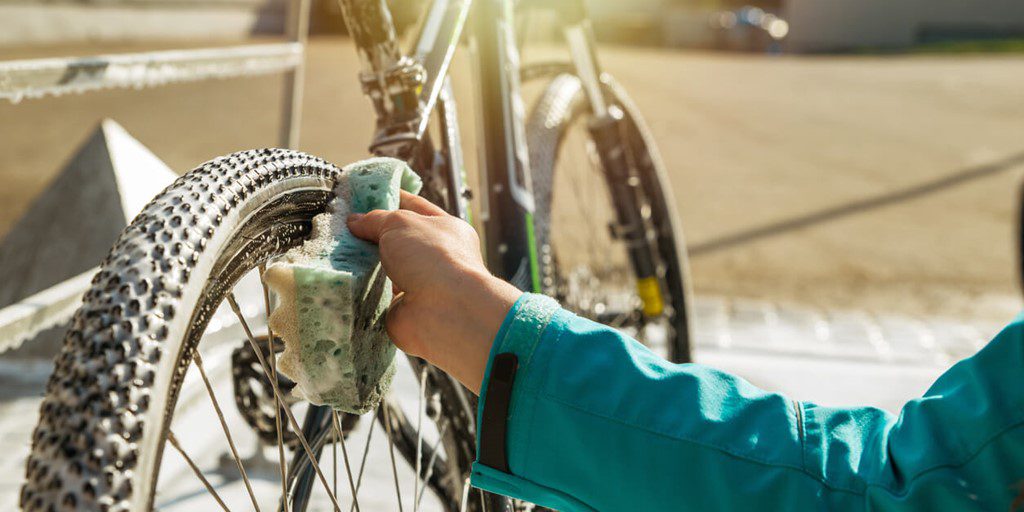
It’s time to get your bike out again, but months in storage have caused it to rust—sound familiar?
Aside from looking pretty nasty, rust can also seriously devalue your bike if you’re looking to sell it—so, if that’s you currently or perhaps sometime soon, you’ll need to learn how to clean off those dreaded crusty orange spots.
While rust is indeed unsightly, it doesn’t need to be permanent, and the good news is that you can get rid of it. And there’s no one-size-fits-all approach to cleaning rust—there are several ways of going about it where bikes are concerned.
Various methods considered, we’ve got you covered. Here’s how to clean rust off a bike.
Baking soda method
One of the easiest and best rust cleaning methods involves a kitchen cupboard staple—baking soda.
Baking soda forces rust to fade away quickly without damaging your bike, and you should use this method periodically. Your bike should return to its original condition over time.
Method
Mix equal parts of water and baking soda in a bowl until it becomes a thick paste. You can use slightly more baking soda if the rust on your bike is particularly bad.
Apply the paste to the rusted parts of your bike using either a sponge, brush or spatula, and press down on the badly affected areas.
Leave the paste to settle on the bike for around 10-15 minutes.
After 10-15 minutes, scrub off the paste with a sponge.
The rust should start coming off as you scrub, but start over again if not. When finished, it’s very important to dry your bike, as storing it wet will only cause the rust to return.
Vinegar or Cola method
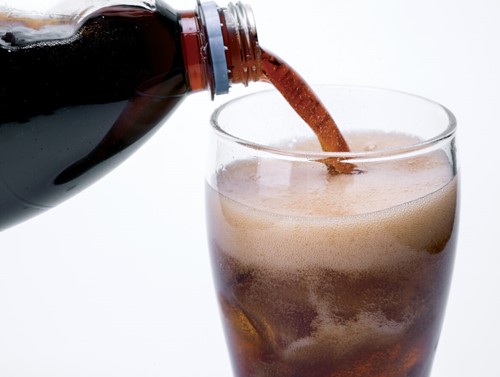
Another effective way of cleaning rust off your bike is to use either white vinegar or cola. The acidity of both of these liquids is useful for breaking down the rust.
There are several ways of going about this method, but perhaps the easiest is to use a spray bottle. Fill a bottle with either white vinegar or cola and simply spray it over the rusted areas on your bike.
Then, grab a brush, cover it in tinfoil (to prevent scratching) and scrub firmly on the rust. You must scrub the solution thoroughly before rinsing away, though, as vinegar or cola can corrode your bike if left on for too long—talk about counterproductive!
If you find that using vinegar or cola alone doesn’t work, try adding some good old baking soda to your mix too. That’ll more often than not do the trick.
Chemical rust removers
While home remedies like the ones mentioned above will work for most rust problems, there are, of course, some occasions where only strong chemicals will suffice.
Remember to check the labels of whatever chemical you’re using, and ultimately, be careful.
Chemicals can be very dangerous if exposed to the skin or eyes or ingested, so it’s always wise to wear things like gloves and glasses before using them.
And, remember to wash away any excess afterwards, too!
Related: The best rust removers of 2022
What causes bikes to rust?
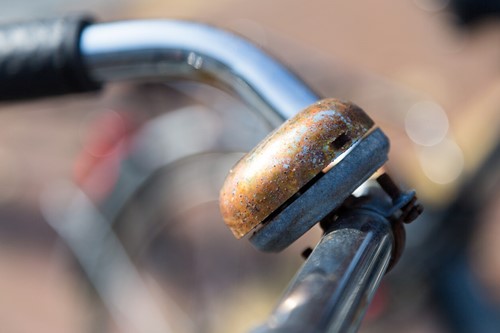
Rust is a form of natural corrosion that occurs when metal is exposed to moisture and oxygen for prolonged periods—a process known as oxidation.
As far as your bike is concerned, the moisture involved in oxidation may be actual water on its surface or simply moisture that occurs naturally in the air around it.
The root causes of rust vary, but the three most common contributing factors for bikes are:
the weather
where you live
neglect and poor storage
Keeping your bike outside in adverse weather will accelerate its rusting since it’ll be much more exposed to the elements. Water, wind, moisture, and even harsh sunlight can lead to rusting.
Believe it or not—where you live also impacts rust. If you live on the coast, near the sea, the salty sea air will also mean your bike is more likely to rust quicker if left exposed to it.
Generally speaking, rust and its prevention boils down to you—the bike owner. You can easily prevent rust if you look after your bike and keep it stored in a cool, dry place when not in use.
Related: What is corrosion?
Why is rust bad?
Rust is a sign of gradual destruction of metal. If left untreated and allowed to worsen, it can lead to your bike being no longer fit for the road.
Rust causes brittleness and serious structural damage to your bike, making it unsafe to ride and making you more accident prone.
It can also devalue your bike if you’re looking to sell. Put yourselves in the shoes of a potential buyer—would you buy a rusty bike?
Bikes are often expensive, so it’s in your best interests as an owner to protect yours.
How to stop your bike from rusting
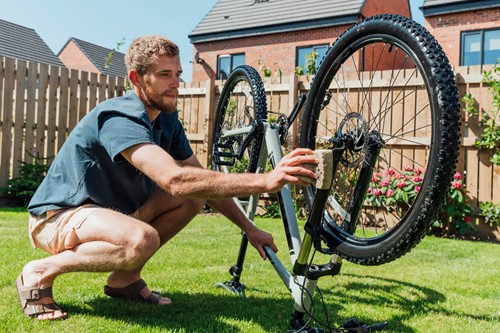
Like with many things, prevention is better than ‘cure’ as far as rusty bikes go.
Yes, rust is a nightmare, but it’s a completely avoidable one. Here are a few simple things you can do to stop your bike from rusting in the first place.
Keep your bike dry (as much as possible)
Water causes rust—it’s that simple. Now, we know it’s impossible to keep your bike bone dry at all times, especially if you’ve been riding in wet weather, but you need to make sure you dry your bike properly before putting it back into storage.
Leaving it wet while not in use will only allow rust to thrive.
Keep your bike clean
Besides water, a build of dirt and mud can also accelerate the spread of rust, so it’s in your best interests to make sure your bike is kept clean—if not for pride reasons alone!
We’re not suggesting you should do a full-on, thorough clean after every ride, but after every 20-30 is a more realistic benchmark to aim for.
Keep your bike covered when kept outside
Ideally, your bike should be kept indoors when not in use. But again, we know that’s not always possible—perhaps you don’t have adequate indoor space where you live.
Not to worry. Instead, invest in a good, waterproof cover to protect it from the elements.
Related: Top waterproof bike covers for protecting your ride
Keep your bike well-oiled and lubricated
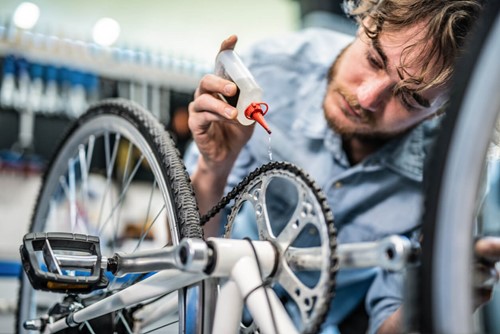
Lubricant acts as a barrier between the elements and your bike—think of it like sun cream for your skin.
Your bike shouldn’t rust if there’s a consistent layer of lubricant over the metal parts. When applying lubricant to your bike, you need to target the areas most susceptible to rusting.
This includes the derailleur, chain, nuts and bolts, as well as the main frame and handlebars.
Related: Best chain lube for bikes—everything you need to know
Rust-free and like new again? Now you know how to clean rust off a bike, you should also consider specialist insurance before hitting the road again post-clean.
At Cycleplan, we arrange cover for a range of bikes and cycling equipment depending on exactly what you need.
Our policies are specifically designed to protect you and your bike through Personal Accident cover and Public Liability, which covers you should you be deemed liable for accidentally injuring someone or damaging property while out cycling.
We also cover you for theft, loss, and accidental damage up to £30,000.
Click here to learn more about how Cycleplan can help and get a bespoke online quote today.
Related
How to change a bike chain in 6 easy steps
How to stop bike brakes from squeaking (step-by-step)
The 7 best cycling holidays in the UK






